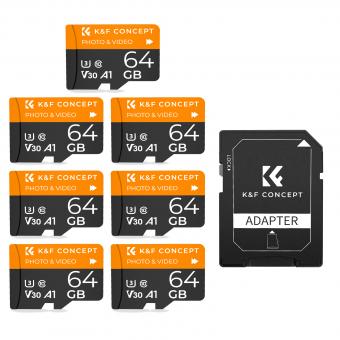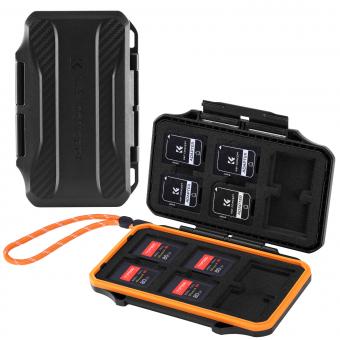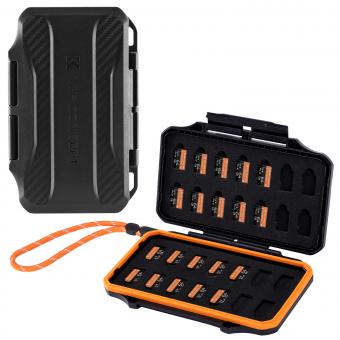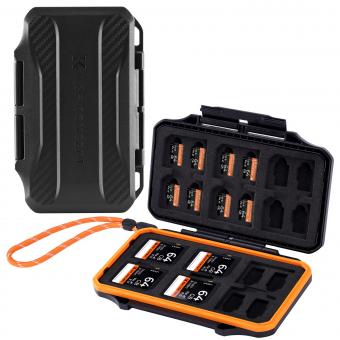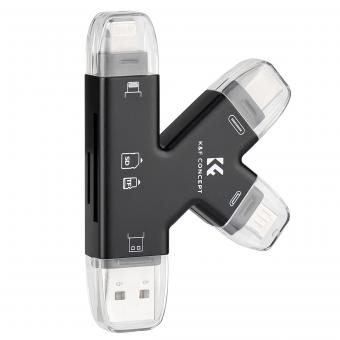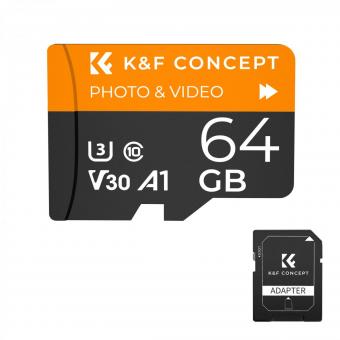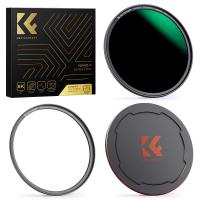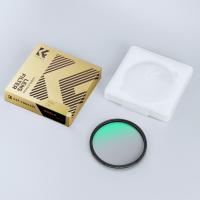Can Sd Card Slow Down Phone?
The role of SD cards in modern smartphones has been a topic of curiosity and discussion among tech enthusiasts and everyday users alike. While these tiny storage devices are indispensable for expanding the storage capacity of smartphones, they sometimes bring about concerns related to the performance and overall user experience. One common question that surfaces frequently is, "Can SD cards slow down a phone?" To provide a comprehensive understanding of this issue, let’s delve deep into various aspects such as the types of SD cards, their speeds, and how they interact with smartphones.
Understanding SD Card Types and Speeds

SD cards are typically classified into various types based on their size and capacity: SD, SDHC (Secure Digital High Capacity), and SDXC (Secure Digital Extended Capacity). In addition to this, they are also categorized based on their speed classes: Class 2, 4, 6, and 10, along with UHS (Ultra High Speed) classes and V (Video Speed) classes. These classifications indicate the minimum sustained write speed of the card, which directly impacts the performance.
For instance, a Class 2 card guarantees 2MB/s, while a Class 10 card offers 10MB/s or higher. UHS-I and UHS-II cards provide even quicker read and write speeds that can surpass the traditional Class ratings. The demand for higher speed is primarily due to the increasing complexity and data requirements of apps and media files.
The Impact of SD Cards on Phone Performance

The influence of an SD card on a phone's speed and responsiveness hinges on several factors:
1. Read/Write Speeds: Lower-class SD cards naturally have slower read and write speeds. This can significantly affect tasks like loading apps, saving photos, and transferring files. For example, if you're using a Class 4 SD card, you might notice latency when opening apps stored on the card or when accessing multimedia files.
2. Quality and Brand: High-quality, branded SD cards tend to perform better and more reliably compared to cheaper, non-branded counterparts. Sometimes, the latter can come with faulty sectors or subpar materials that degrade performance.
3. Phone Hardware Compatibility: Modern smartphones are equipped to handle high-speed SD cards, but older models may not reap the benefits of the latest SD card technology. Furthermore, the phone's internal memory controller plays a crucial role in managing the data flow, and if it's not optimized for high-speed cards, performance may suffer.
4. Usage Type: How you use the SD card also affects performance. If you primarily store media files like photos, videos, and music on the SD card, the impact on overall phone speed is minimal. However, storing apps or using it as an adoptable storage (where the card is formatted to act as internal storage) could slow down phone operations, particularly if the SD card is slow.
Practical Scenarios and Recommendations

Case 1: Photography Enthusiasts

If you frequently capture high-resolution photos and videos, a high-speed SD card (Class 10 or UHS-I/II) is indispensable. It ensures quick saving times and smooth playback of media, thus maintaining a seamless user experience.
Case 2: App Storage
For users looking to expand their phone’s app storage, using a high-speed SD card is advisable. Also, it's essential to check if your smartphone supports adoptable storage and if it can manage the added workload efficiently. Doing so can mitigate the risks of slowdowns.
Case 3: Music and Movies Buff
If your primary usage of an SD card is storing music, movies, or large files, a mid-range SD card would suffice. A Class 6 or Class 10 card is usually enough to ensure quick file transfers and lag-free playback without adding much cost.
Solutions to Prevent Phone Slowdowns
1. Opt for Higher Speed Classes: Investing in an SD card with a higher speed rating can prevent many of the performance issues commonly associated with slower cards. If you're uncertain, choose a card that is Class 10 or above.
2. Update Firmware: Ensure your smartphone’s firmware is up-to-date. Manufacturers often release updates that can improve how well your device handles external storage.
3. Regular Maintenance: Periodically back up and format the SD card. Over time, fragmentation and accumulated temporary files can degrade performance. Regular formatting can help maintain speed.
4. Monitor Storage Space: Avoid filling the SD card to its maximum capacity. Keeping some space free allows the card to function efficiently, reducing the chance of slowdowns.
5. Quality Matters: Always buy SD cards from reputable brands such as SanDisk, Samsung, or Kingston. Counterfeit and substandard cards are prevalent in the market and often cause severe performance issues.
In summary, while an SD card can potentially slow down a phone, the extent largely depends on the type of SD card used, the device compatibility, and how the card is utilized. By selecting high-speed, high-quality SD cards and following best practices for usage and maintenance, users can effectively mitigate most performance concerns.
Understanding the dynamics between SD cards and smartphones arms you with the knowledge to make informed decisions, ensuring that your mobile experience remains smooth and efficient regardless of your storage needs. By addressing key factors like speed classes, device compatibility, and usage patterns, one can enjoy the convenience of expanded storage with minimal impact on phone performance.







